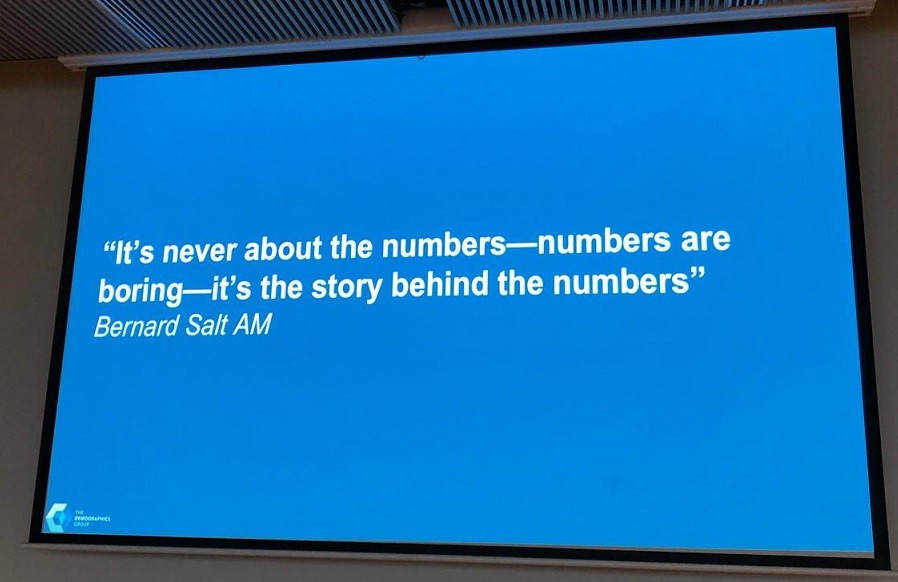Do you often feel that if you had the opportunity to go back and thank one of your teachers you would?
At college I must have been the worst student my economics and statistics lecturer ever had; I just didn’t get it. I scraped a pass in my exam but that was pure luck I can assure you! My passion as a kid was anything with an engine, machines in my view had very little to do with economics and statistics.
45 years down the track and I want to thank my College teacher, who has passed a long time ago. He would be smiling now that I finally got it! About 30 years ago I suddenly started to understand data. Why? Because the data related to machines, engines, cars, trucks, aircraft, ships and trains.
Analysing data and then being able to relate the story behind the data is a challenge I took up 30 years ago and it is FUN.
Some individuals focus on the deep mechanical maintenance data, thereby improving preventative maintenance schedules, others focus on risk making the machine so safe the operator seems to be a passenger.
Over 30 years I have had a passion for chasing large financial savings, and in order to chase large savings you need to look at statistics and economics as one bundle.
So, what are the big money drivers:

- Whole of life cost – fuel, maintenance, downtime, residual value, and optimum replacement
- Repairs – 80% of all repairs have nothing to do with the machine they have to do with the business environment the machine operates within.
The challenge is how do you measure all this without a significant amount of data?
The amazing truth is most organisations we work with already have the data they need, but it is never verified for accuracy or used appropriately.
It is the used appropriately part that I tell stories about in the importance of data.
So here is a quick story about utilisation. The problem here is the interpretation of utilisation:
- to a fleet manager utilisation is how much you use the vehicle, how many kilometres or engine hours an asset is used for
- to the accountant utilisation is how often the vehicle is billed to a job
Both accurate interpretations of utilisation the problem is the cost drivers!
If an asset is not used a lot its operating costs are incredibly low. It does not use fuel, the repairs are low, and tyres seem to last forever, it still depreciates at a similar rate to a vehicle you do use. In fact, I have had an accountant approach me and suggest they buy more of one type of vehicle than another because they were less expensive to run. The problem was the operators loved the alternative brand and used it extensively hence the higher cost, but the lower cost assets were hardly used. (just for the accountants it’s not all about dollars).
So, the billing Vs actual utilisation (kilometres or engine hours) is something our team really look at very closely and by looking closely we find:
- Did you know when the operations team believes their project costs may break budget more often than not, they stop billing the plant to the job?
- Other operations teams know the accountants are focused on billing so they frantically bill assets in the hope that nobody will find out that they really don’t use the assets on the job. This often leads to clients getting billed for assets that may not be really needed on the job. We have witnessed this more than once:
o Where a team does not bill we end up with a vehicle that is autonomous doing heaps of work but not being billed in fact I have had Graders that seem to drive themselves, and trucks that based on billing hours are the fastest trucks in the world 185 kilometres per billed hour.
o Where teams seem to bill endlessly, we have some of the slowest vehicles Graders that grade for 1 engine hour and yet get billed for 8, trucks that average 3 kilometres for every billed hour. It’s a crazy world.
o Let’s not stop our data analysis there talking about billing when the invoices hit the accounts department, we can see some interesting data. Did you know a Toyota Corolla can be fitted with earth-mover tyres, or our best is the most expensive repair ever done to an edger is $20,000 (the average edger costs $450 new) it seems our client overhauled it a few times.
In summary, data is everything BUT it must be verified for accuracy, preferably by three sources of data for measurement as a minimum. It’s not the data itself but it’s the story that data tells you about your organisation that saves the big money.
Uniqco fleet data analytics is a company that provides software to merge data from multiple sources to deliver easy to use fleet data analytics to monitor financial risk and safety compliance. Grant Andrews the Managing Director of the Uniqco Group was the main author of the Institute of Public Works Australasia Plant and Vehicle Management Manual 1st 2nd and 3rd edition and regularly commentates on the stories behind fleet data.


